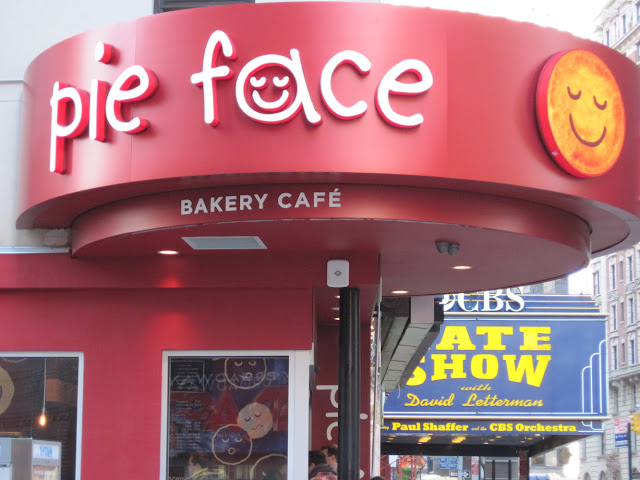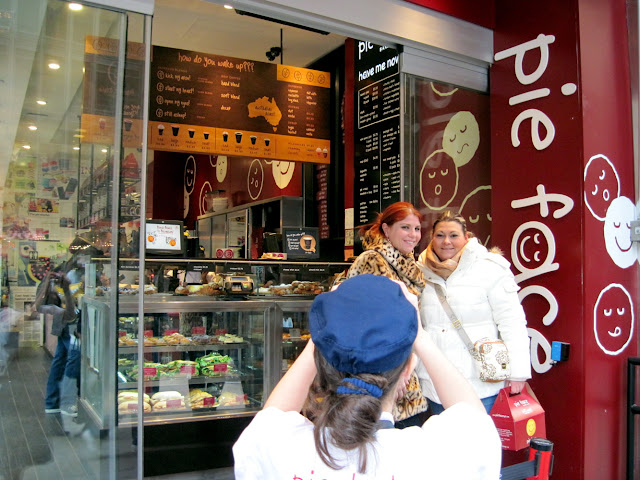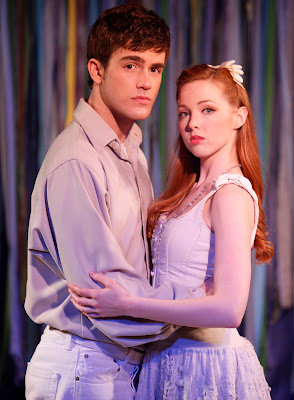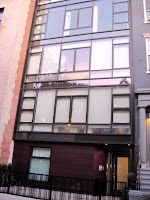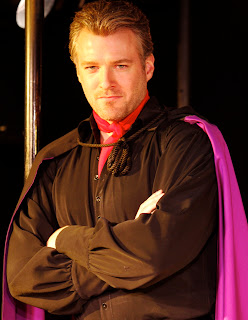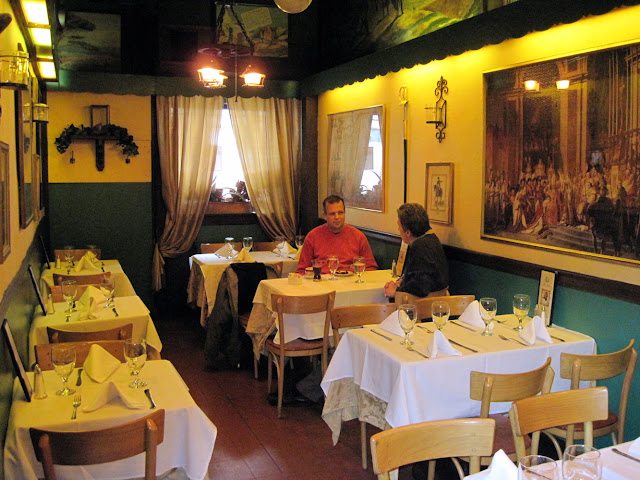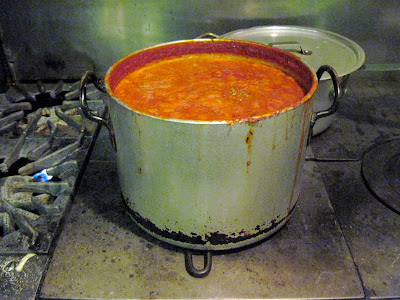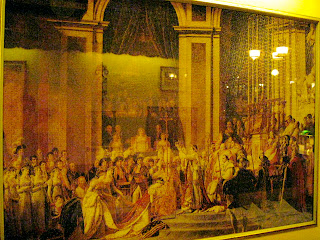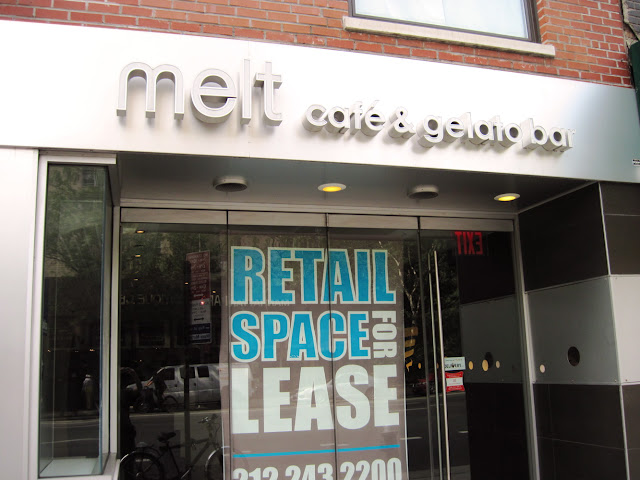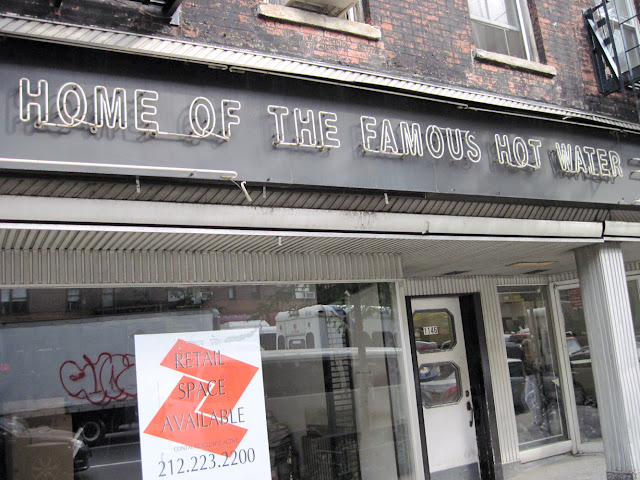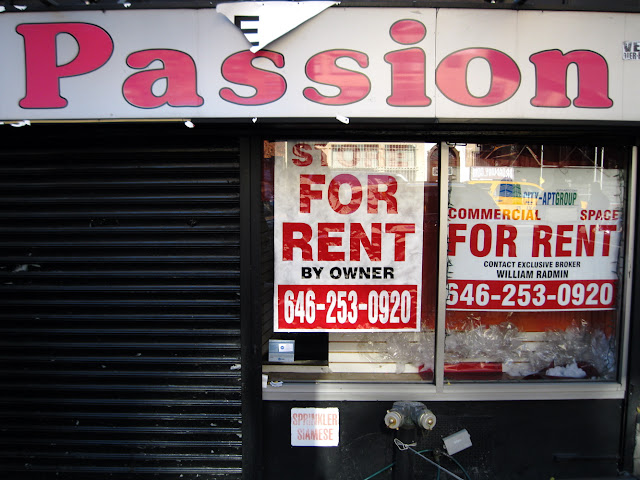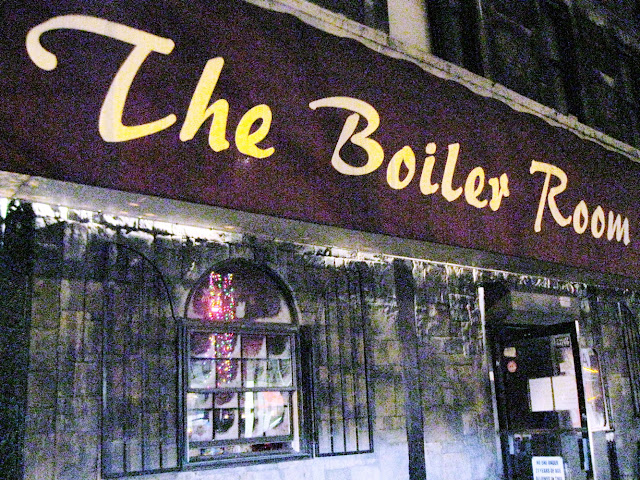By Mitch Broder
I only eat things that aren’t smiling at me, which leaves most of my friends at risk, but I made an exception for a pie. Still, it was tough to stick a fork in its face.
I actually ate most of six pies, all of which had faces, because they were the pies of New York’s first Pie Face Bakery Café. Pie Face is the Australian fast-food chain founded on the reasonable premise that meat pies that can upstage fashion models must have a global future.
New York’s first Pie Face is on Broadway at 53rd Street, and it has people lining up daily for its expressive pastries. This is partly because it faces the people lining up to see David Letterman, but also because it has pie that you can justify as food.
The idea is not new in Australia, where meat pies sell like hot cakes, and where Pie Face already sells them in seventy jolly stores. It’s also not new in New York, which has for a while had Tuck Shop, which I wrote about when I thought it would be my one meat-pie post for the season.
But Tuck Shop is proud to have grown from one store to three in seven years, while Pie Face has the unmistakable look of an aspiring hand-food empire. It plans to turn New York into Pie City before turning America into pie country, its emotional crusts vanquishing our impassive burger buns.
I almost believed it could happen after a representative named Colbern Uhl presented me with a tray of six fresh hot Mini Pies. Not all of them were smiling, and one was missing an eye, but they were all delicious, including the ones I would never have ordered if I’d had to pay.
The pies’ various fillings are identified by their various mouths, which is why only one has the trademark smile, since the smile is also a C. The C identifies the Chicken & Mushroom Pie, which tastes like the one meat pie Americans embrace, which is chicken pot pie. If you’re intransigent, get that.
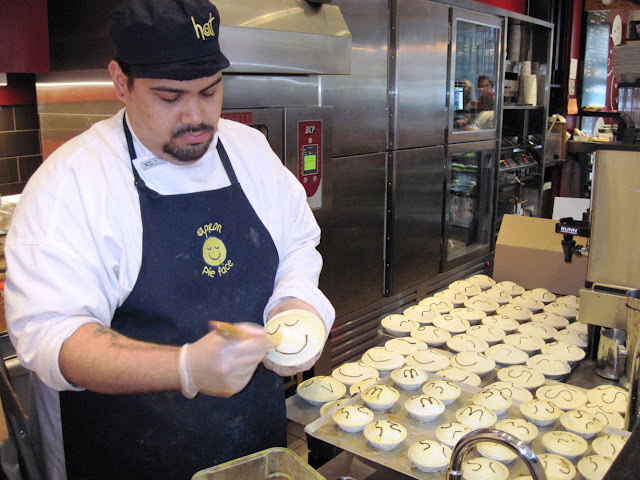 |
| Kevin Nieves, the store manager, egg-washes your pie. |
The X mouth is the Mexican Pie, since the M was already taken. I expected it to be spicy, perhaps because it has jalapeño. But it wasn’t. The spiciest pie was the Tandoori Vegetable Pie, and even that wasn’t very spicy. It has a V mouth because a T doesn’t make a good mouth.
 The O mouth is the special, which is currently the Thai Chicken Curry Pie, which like the others that sounded spicy is instead mild yet flavorful. I asked Colbern why its mouth is an O. “It’s saying, ‘Wow! I’m the special!’” she explained. “They talk?” I asked. “They talk,” she said. “If you want them to.”
The O mouth is the special, which is currently the Thai Chicken Curry Pie, which like the others that sounded spicy is instead mild yet flavorful. I asked Colbern why its mouth is an O. “It’s saying, ‘Wow! I’m the special!’” she explained. “They talk?” I asked. “They talk,” she said. “If you want them to.”Apparently, some customers would want them to, so that the pies could explain themselves. Colbern said that patrons are often baffled by savory pies. “They like them ’cause they’re smiling at them. But they want to know what a meat pie is. Once they have one, though, they come back for more.”
That’s what Wayne Homschek and Betty Fong discovered as the creators of the Australian fashion label Paablo Nevada. At a show, they thought it would be ironic to serve lowly meat pies with their high fashion. It was ironic. The crowd got more excited by the pies than by the fashion.
So the clothing designers became meat-pie entrepreneurs, taking branding inspiration from a smile face someone drew on a napkin. As an incidental irony, “pie-faced” is not exactly a compliment. But this is clearly the restaurant chain that could turn that around.
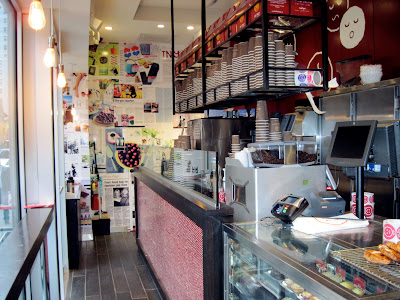 Along with the Mini Pies, Pie Face has regular pies, and along with the savory pies, it has sweet pies. The apple has an A mouth, the blueberry has a B mouth, and the cherry has a C mouth. Still, no one confuses it with chicken & mushroom.
Along with the Mini Pies, Pie Face has regular pies, and along with the savory pies, it has sweet pies. The apple has an A mouth, the blueberry has a B mouth, and the cherry has a C mouth. Still, no one confuses it with chicken & mushroom.The shop has soups, sandwiches, and sausage rolls, and coffee coded with scary faces. And it has stacks, which are meat pies topped with mashed potatoes, gravy, and peas. What it doesn’t have is a place to sit. You can stand at a counter or eat walking. Pie Face wants you to have an authentic Australian experience.
To that end, it also has an authentic Australian dessert called a lamington. It’s cubic sponge cake filled with raspberry jam and coated with chocolate and coconut.
I didn’t try it, since I ate six pies. And it doesn’t seem to be heavily promoted.
Maybe it won’t be. Still, be prepared for New York’s first Cake Face.
Get your fill at Pie Face, 1691 Broadway, at 53rd Street, in New York City.




